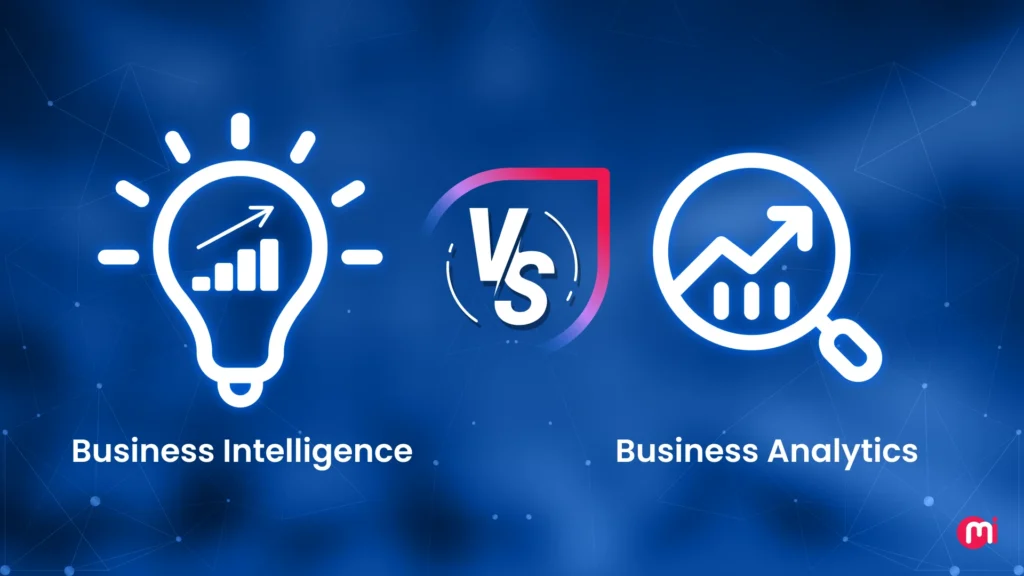In the realm of data-driven decision-making, two key players stand out: Business Intelligence (BI) and Business Analytics (BA). These tools help organizations harness the power of data to drive strategic growth, make informed decisions, and stay ahead of the competition. But what sets BI apart from BA, and how can businesses leverage both to maximize their potential?
Data is the lifeblood of modern enterprises, flowing from every transaction, interaction, and process. From ERP and CRM systems to website analytics and customer surveys, data is generated at every turn. But raw data is just noise – it becomes powerful when transformed into insights that drive actionable business decisions. This is where BI and BA come into play, offering distinct yet complementary approaches to data analysis and interpretation.
BI focuses on understanding what happened in the past and what is happening in the present. It involves collecting, managing, analyzing, and visualizing raw data to gain insights that inform decision-making. BI has evolved from its predecessors, data management systems and decision support systems, to become a cornerstone of data-driven business management. By providing answers to questions like past sales performance, inventory tracking, and sales comparisons, BI enables organizations to track performance, spot trends, and understand the current state of their business.
On the other hand, BA goes beyond the “what and how” of BI to focus on predicting the future and understanding why things happen. By analyzing structured, unstructured, and semi-structured data using statistical methods, predictive modeling, and forecasting techniques, BA helps organizations shape their future strategies, anticipate challenges, and mitigate risks. BA answers questions like customer churn predictions, demand forecasting, and pricing strategy impacts, empowering decision-makers to make data-backed decisions that give them better control of the predicted future.
While BI and BA serve different purposes, they share common goals of improving performance, supporting decision-making, and reducing risk. Both transform data into actionable intelligence, helping organizations drive growth and stay competitive. By combining BI’s descriptive power with BA’s predictive capabilities, businesses can gain a full-spectrum view of their operations and make the most out of their data.
In conclusion, BI and BA play crucial roles in helping organizations harness their data for strategic decision-making. Choosing between BI and BA depends on the specific insights needed, current data maturity, and business goals. For many enterprises, the best approach is to leverage both BI and BA to maintain operational clarity while driving innovation and staying ahead of the competition. By understanding the key differences and similarities between BI and BA, businesses can unlock the full potential of their data and drive strategic growth in today’s data-driven world.

